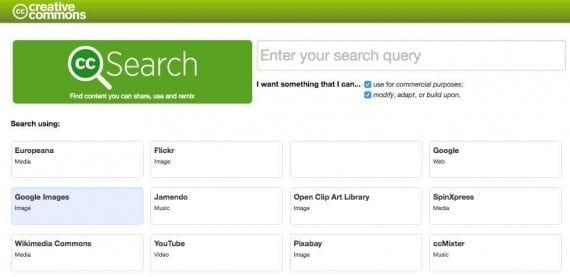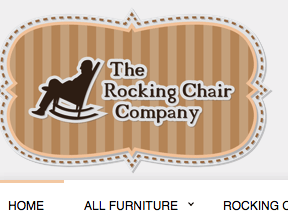
Ecommerce merchants can violate copyright laws when they use photos on Google Images or similar. Merchants should therefore take their own photos. If merchants source photos, however, Creative Commons is an option.
In the last few years, my law firm has handled a growing number of copyright infringement matters, including litigation, involving product photography. With increasing numbers of SKUs in ecommerce stores, the likelihood of making a mistake in sourcing an image also increases. These mistakes can cost your company substantial sums of money, and they can also result in you being held personally liable for the actions of your independent contractors or employees.
Here are a few things to consider when sourcing and creating product shots for your ecommerce store.
‘Originality’ Determines Copyright
First, a background on copyright law may be helpful. Copyright law protects works of creative authorship fixed in any tangible medium of expression. As soon as a creative work is saved on a hard drive, placed on a canvas, or recorded on video, copyright protection applies.
Prior to the 1990s, many observers believed that copyright law somehow extended protection to works because of the labor that went into them. The idea was that creators should be granted a limited monopoly over the use and dissemination of their works because of the “sweat of the brow.”
An early 1990s Supreme Court case, Feist Productions v. Rural Telephone Service, however, found that the standard for copyrightability was originality. As long as a work possesses some creative spark, the Feist decision stated, copyright law can protect that work.
Entrepreneurial Lawyers
When it was clarified that the standard for copyrightability was actually lower than first thought, the door was opened to entrepreneurial lawyers, who realized that the inability of the standard business owner to understand copyright law could be turned into their financial gain.
Since copyright registration provides copyright owners with the ability to obtain up to $150,000 in statutory damages per work infringed, lawyers soon realized that, if they cozied up to an ecommerce company or photo rights aggregator, they could use business owners’ inexperience to their advantage. All a lawyer had to do was convince an ecommerce storeowner or a photo rights aggregator that aggressive protection of their rights was necessary, file for copyright registration, and find an unwitting defendant. And increases in web crawling and image recognition software further fueled this incentive.
…the door was opened to entrepreneurial lawyers, who realized that the inability of the standard business owner to understand copyright law could be turned into their financial gain.
When we defend clients who have either received a demand letter or been named in a copyright infringement lawsuit, it is often very difficult to explain to them why they are in a tough position. Ecommerce storeowners often don’t understand why a simple product shot could subject them to liability of up to $150,000. They don’t understand why a product shot, which often consists of a product in a light box, could be held to the same standard as the theft of a major motion picture. And they don’t understand why copyright infringement is strict liability, meaning, it doesn’t matter if they intended to infringe.
$30,000 Damages Probable
Unfortunately, all of the above is true. In many cases, product shots are copyrightable. Though it is unlikely that a court would find that a single product shot entitles a plaintiff to $150,000, it is probable that a defendant in such a suit could be held liable for $30,000 and, potentially, costs and attorneys’ fees.
Copyright infringement is, in fact, strict liability. And, worst of all, an individual corporate officer can, in many cases, be held personally liable for copyright infringement. This means that, even though your employee or independent contractor grabbed the infringing product shot from Google Images, you, as the business owner, may be held personally liable.
How to Protect
What can you do to protect yourself? The easiest approach is to take your own product photos. When you have thousands of SKUs, however, this can be overly burdensome. Another alternative is to obtain your product photos directly from your manufacturer. In a lot of cases, this is not possible. If you must source photos, Creative Commons is a good resource, as you can query multiple image search engines for photos that can be used for commercial purposes.
Most importantly, you should establish and adopt a policy-and-procedures handbook to ensure that your independent contractors and employees understand their duties in sourcing and using product photographs. A little education goes a long way to help employees and independent contractors understand the risks posed by claims of copyright infringement and the steps that they can take to avoid such a claim.
Though many product shots are copyrightable, there are many defenses that can be asserted in defense to a copyright lawsuit. If you find yourself on the receiving end of a copyright infringement demand letter or lawsuit, contact an attorney for an analysis of your specific factual scenario, to determine your own defenses.




